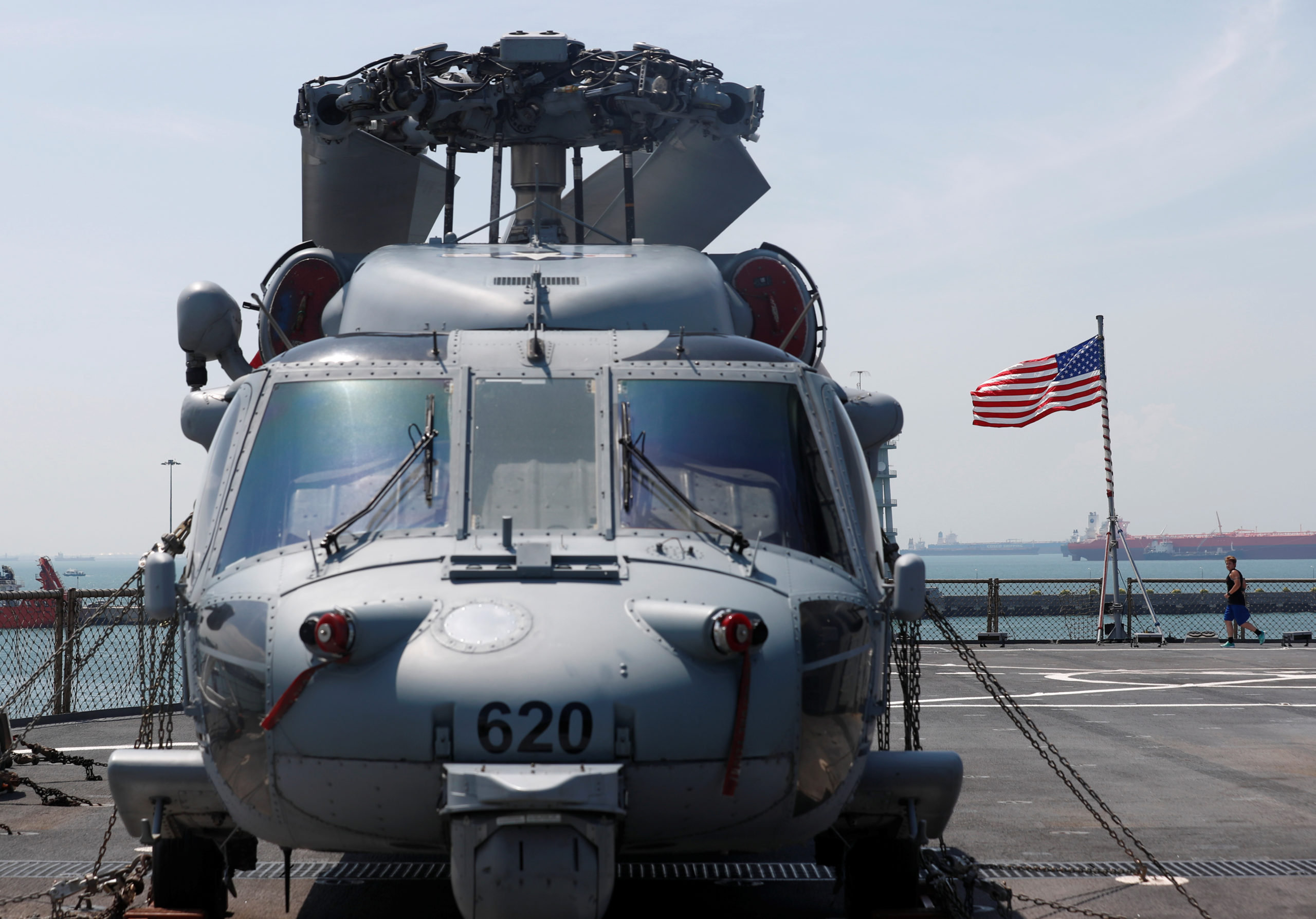Norway to buy six Sikorsky helicopters for $1.1 billion to monitor its seas
Norway, which shares a border with Russia in the Arctic, is responsible for monitoring some 2 million square kilometers of ocean.

OSLO — Norway’s military plans to buy six Seahawk helicopters for 12 billion crowns ($1.14 billion) from Lockheed Martin’s Sikorsky, the defense minister said on Tuesday, to boost its ability to monitor its vast seas and Arctic territory.
The NATO member, which shares a border with Russia in the Arctic, is responsible for monitoring some 2 million square kilometer (772,000 square miles) of sea and has long been seeking to boost its monitoring capacity.
“This will strengthen our national control, the military’s preparedness and our presence in the northern areas,” Bjoern Arild Gram told a news conference, adding the helicopters would be able to track submarines.
Russia’s Northern Fleet and its nuclear submarines are based on the Kola Peninsula, which borders Norway in the Arctic.
The first delivery would be in the summer of 2025 and would continue until 2027, he said.
In June, Oslo said it was axing its fleet of NH90 military helicopters and said it would ask for a refund from a consortium led by Airbus, which hit back at the time by calling the move “legally groundless.”
Norway said the helicopters it ordered from NHIndustries — owned by Airbus Helicopters, Italy’s Leonardo and Fokker Aerostructures of the Netherlands — were either unreliable, were delivered late or not delivered.
NHIndustries was not immediately available for comment on Tuesday.
In October, Norway put its military on a raised level of alert, moving more personnel on to operational duties, in response to the war in Ukraine.
Norway and NATO have also deployed their military to guard offshore oil and gas platforms in the wake of the explosions on the Nord Stream pipelines on Sept. 26 in Swedish and Danish waters.
Norway last year became Europe’s largest gas supplier, following a drop in Russian gas flows.
This article has been fact-checked by Arctic Today and Polar Research and Policy Initiative, with the support of the EMIF managed by the Calouste Gulbenkian Foundation.
Disclaimer: The sole responsibility for any content supported by the European Media and Information Fund lies with the author(s) and it may not necessarily reflect the positions of the EMIF and the Fund Partners, the Calouste Gulbenkian Foundation and the European University Institute.
